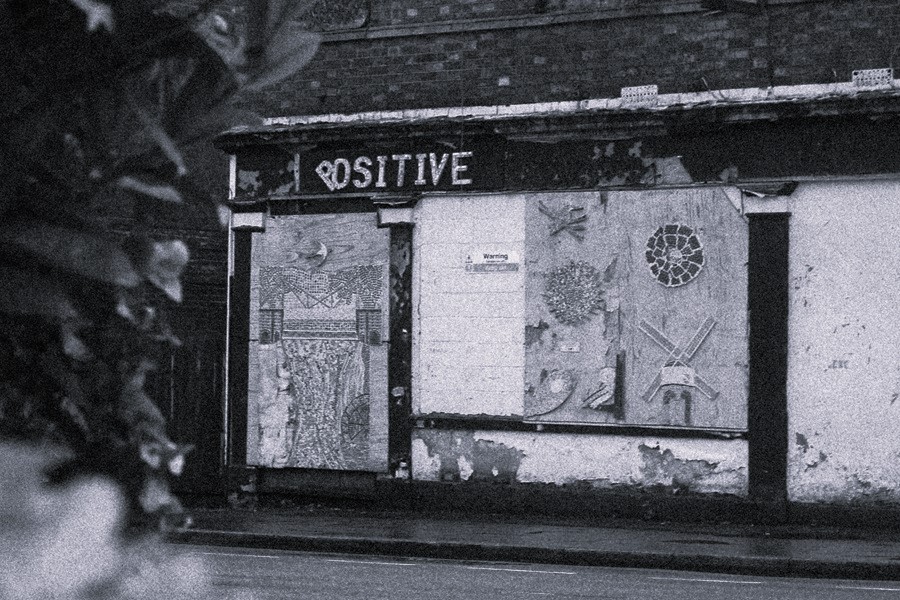I have a confession to make; Google Trends tells me that late-2018 was the absolute high point for “death of the high street” news content in the UK.
If you believe what you read, the last rites were read to the sector a long time ago. Did you know that the “Retail Apocalypse” even has its own Wikipedia page? It all makes for very scary reading. And worst of all, I think it might be my fault. More on that later.
Despite the obituaries, retail, like the proverbial phoenix, appears to be making a (whisper it) recovery. Investment into the sector has hit a seven-year quarterly high (£2.7 billion) according to LSH’s latest “UK Investment Transactions (UKIT)” report. After a dismal decade for retail investors, shoots of recovery are finally appearing.
And ING Media’s latest research validates this too. “The Communications Gap: European Investment”reveals that investors and developers across Europe are talking about retail prospects more than any other sub-sector. Conversations have grown 14% in the year to September 2024, and retail now accounts for 27% of their conversation share.
When this lands on readers desks, we will be well into the depths of the “Golden Quarter”, the most important and busiest period of the year for all retailers globally. You’re probably doing your Christmas shopping online now, aren’t you?
And there are reasons for festive cheer. Inflation and interest rates are receding, consumer confidence, despite a pre-Budget dip, is at its highest point in over two yearsand retail sales volumes are on the up, according to Trading Economics and the ONS.
But are we at risk of collective amnesia? This positive sentiment does not mask the visible scars on our high streets. According to Green Street data, retail vacancy rates across sub-categories range between 17.6% and 7.1%. Not only that, but 19% of vacant retail space in the UK has been empty for over three years. A whopping 30% of former Debenhams stores are still gathering dust, and half of ex-Wilko locations too… Remember BHS? They went bust in 2016 and over 5% of their estate is still lying empty.
A 2024 “Places and Spaces Reinvented Report”by LSH and Revo, indicates that the biggest issue facing high streets is “too much floorspace”―42% of respondents think so. In fact, 60% of all respondents believe our town centres have between 20-40% too much space.
I don’t have the word count to chronicle the whole death of the high street story, but one final stat for you; according to the ONS, over a quarter (26.4%) of all retail spend in the UK is done online. In 2008 that figure was 4.4%.
Here’s where I begin my confessional… I am one of those online spenders, and I bet you are too. But, unlike me, I bet you didn’t spend a good number of years actually writing about why the high street was failing.
So, what was I writing about back in late-2018? The archives tell me the following headlines made print: “Change of use away from retail at a five-year high”, “Shops are taking longer to let” and “Which stores are closing in YOUR town?”. Did I kill the high street?
Research compiled by retail and location analyst Laura Harris of LH Analytics, in collaboration with FindOutNow, reveals that 44% of respondents suggest media coverage of the high street is negative, with a mere 17% finding it positive. And here’s the kicker: there’s an 88% correlation showing that people exposed to negative news are less likely to want to visit their high street.
Maybe all those negative stories pedalled that fear? A 2024 survey by Public First suggests that 51% of people think their local high street is in decline, while 31% reckon it’s not changing much.
So, what do people want on their high streets anyway? Banks (41%), clothing stores (40%) and department stores (33%) top the “we need more of these” list in Public First’s survey. On the flip side, charity shops (35%), nail bars (34%) and coffee shops (31%) are seen as oversaturating the market. It seems we’ve reached peak latte and manicure, folks.
Perhaps that’s where we all missed a trick. Instead of lamenting the inevitable recalibration of the physical retail around us, should we have been more positive in our assessment of where the opportunities lay in the sector? I spent years working with colleagues across the place making community, from the Association of Town and City Managers (ATCM), the Institute of Place Management (IPM) and the very recently expired High Streets Task Force (HSTF); to share research, data and best practice that enables those individuals to make the case for place, spaces and retail too.
I remain a fierce advocate for retail. But perhaps it is time for our joint message to evolve. As investors return to the market, sentiment improves and consumers have a few more quid to spend, is it time to tap into the zeitgeist that is the new Government’s growth agenda too? As the market turns, this time, lets forgo the clickbait and focus on the “rebirth of the UK’s thriving retail sector”.
Try it. It might catch on.




